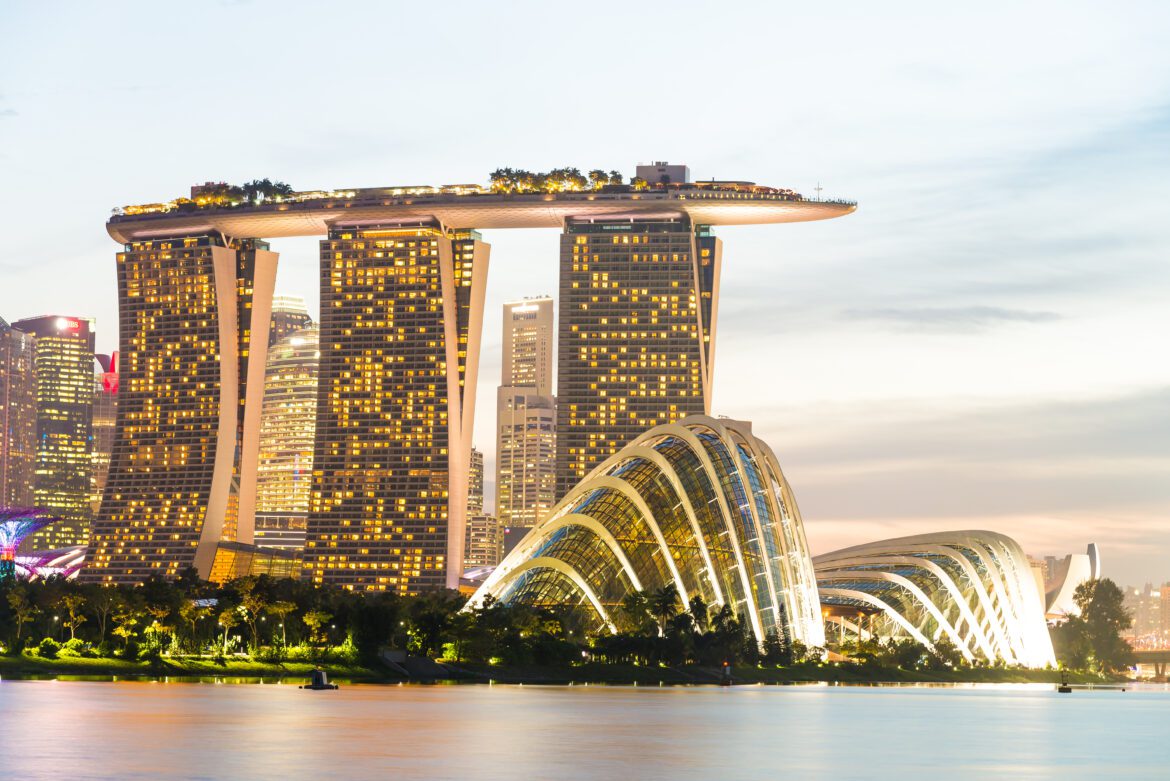Singapore, a city-state known for its modernism and quick expansion, frequently astounds visitors with its rich past and ancient wonders. Hidden treasures that shed light on the island’s historic past can be found beneath the sparkling skyscrapers and bustling streets. In this blog post, we start on a journey of discovery to excavate Singapore’s historical sites, allowing us to delve into the rich tapestry of cultures and traditions that have defined this thriving city-state over the years.
Fort Canning Park: A Tapestry of Stories:
Fort Canning Park, nestled among the bustling urban, is a testimony to Singapore’s heritage. This ancient hilltop position is rich in historical significance, having seen various pivotal events in the island’s history. The park encapsulates the island’s rich history, from being the palace of ancient Malay monarchs to housing the British military command during colonial times. The Archaeological Dig displays artifacts from the 14th century, while the Spice Garden honors the island’s colonial spice trading past.
Bukit Brown Cemetery: An Ode to Ancestors:
Bukit Brown Cemetery, nestled among the urban sprawl, is a peaceful resting place for Singapore’s pioneers. This large cemetery, which dates back to the late 1800s, is a living testimony to the island’s cultural past. The magnificent tombstones, complex burials, and detailed carvings recount stories from the past, allowing visitors to connect with their ancestors. Despite urbanization, conservation efforts work to conserve this historical monument so that future generations can appreciate its value.
Thian Hock Keng Temple: A Symbol of Harmony:
Thian Hock Keng Temple, one of Singapore’s oldest Chinese temples, is a symbol of religious peace. It was built in 1839 as a testament to the faith and dedication of the early Chinese immigrants. The architecture of the temple is a blend of Southern Chinese and Southeast Asian traditions, with elaborate woodwork, sculptures, and ornate tiles. It is still a lively center of worship and cultural legacy today, attracting visitors from all walks of life.
Sultan Mosque: A Blend of Cultures:
When viewed from the Singapore skyline, the Sultan Mosque’s golden dome is a symbol of multiculturalism. This mosque, built in 1826, is an important part of the Malay-Muslim community. Its eye-catching architecture, which combines Moorish, Indo-Saracenic, and Islamic influences, is a visual treat. The mosque is a symbol of Singapore’s harmonious coexistence of diverse populations, demonstrating the nation’s dedication to fostering unity and understanding.
Armenian Church: A Historic Legacy:
The Armenian Church, located in the center of the city, has a special role in Singapore’s history. It is the country’s oldest Christian church, having been built in 1835. The church is a work of art, fusing traditional Armenian characteristics with colonial-style construction. It is a cultural and religious monument that highlights the Armenian community’s contribution to Singapore’s growth.
Changi Chapel and Museum: Commemorating World War II:
The Changi Chapel and Museum, located on the grounds of Changi Prison, are heartbreaking reminders of Singapore’s World War II past. Exhibits in the museum pay respect to the prisoners of war who suffered during the Japanese rule. The chapel, which is a reproduction of the original built by POWs, serves as a solemn memorial as well as a symbol of perseverance in the face of adversity.
Raffles Hotel: A Colonial Icon:
A trip to Singapore’s historical sites would be incomplete without a stop at Raffles Hotel. The hotel, which is named after Sir Stamford Raffles, the creator of modern Singapore, emanates colonial majesty and ageless elegance. It was built in 1887 and has since welcomed a variety of historical leaders, writers, and celebrities. Its Long Bar, where the renowned Singapore Sling cocktail was invented, is a historical landmark.
Conclusion:
Singapore is a city that appears to embrace the future but has a treasure mine of ancient wonders that tell the stories of its varied history. From Fort Canning Park and Bukit Brown Cemetery to Thian Hock Keng Temple and the Raffles Hotel, the historical landmarks we’ve seen each bear witness to a different chapter of the island’s history. These places connect us to the origins of Singapore’s culture and identity via preservation efforts and narrative, providing a look into the incredible journey that shaped this modern metropolis. As tourists and citizens, we must appreciate and conserve these historical treasures in order to keep the torch of history alive for future generations.

